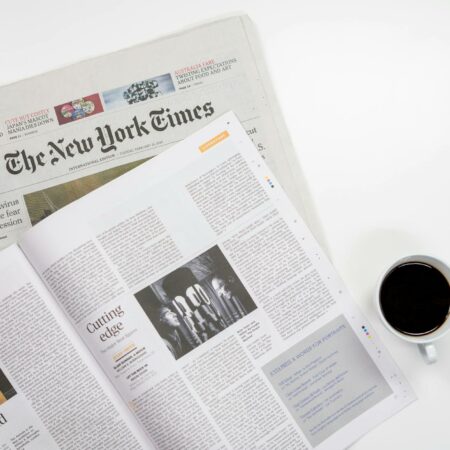Fresh, action-driven content for your business cannot be an afterthought. When it comes to your website, there needs to be a strategy that goes into every aspect of its content, which is why defining a messaging strategy for your site is so vital.
Learn the basics of a messaging strategy and the benefits it will bring to your website and brand!
What is a Messaging Strategy?
If you are not sure what it is, a messaging strategy is a foundation for everything your brand does, says and believes through your content. These marketing resources serve as the backbone of your marketing content from your website to your print materials.
Along with defining your audience and their objectives, the strategy will be made up of a positioning statement along with 3-4 other supporting points. Whether those supporting points are a narrative, or adjectives that describe your brand, these points help strengthen your positioning statement and provide an extra tool to work with when it comes time to write.
Benefits of Defining a Messaging Strategy
A messaging strategy can bring an array of advantages, including:
- Uncovering your customer’s challenges: Sometimes, it’s exercises like writing a messaging strategy that helps shed light on some important facts for your brand. When you identify your audience, you can discover what challenges your audience shares and how you can solve these problems differently than your competition.
- Consistency: Since a messaging strategy will be the base of your communications, your messages will be consistent across all of your marketing materials. This will ensure your messaging transpire the same no matter which medium your audience is seeing.
- Saving time: Once you have your messaging defined, it will save you or your copywriter time when it comes to executing the writing.
- Clarity: It’s never a good thing when your website doesn’t explain your value. A messaging strategy takes this problem out of the equation. When you define what your brand voice entails, your site content will follow suit.
- Brand strength: It’s simple: brands that have consistent, clear messaging across all mediums look stronger than those who don’t.
- Enhancing the user experience: Because you define your audience and their needs/challenges/characteristics in your messaging strategy, you can ensure their experience with your brand truly hits home. You can now speak directly to their needs and make sure your message is communicated in the most effective way.
Using Your Messaging Strategy to Write Your Website Content
Once you have completed your messaging strategy, it’s time to apply it to your website’s content. While you can use elements from the strategy verbatim on your site, we recommend using it more as the blueprint as you write. In other words, use the strategy’s tone and any defined “buzzwords” or adjectives to guide your writing style.
Also, the messaging strategy doesn’t only apply to your website content; you can use it as a guide for deciding on design elements to use on your site too. For example, if your brand’s tone is more casual, you wouldn’t want to have a featured image on your homepage that’s very corporate or elegant. It doesn’t hurt to use your messaging strategy as a decision tool across all your marketing, so utilize it as much as possible!
Want to Define Your Brand’s Messaging Strategy?
If you don’t know where to begin with your brand’s messaging strategy, GreenMellen would love to help.
One of our core content marketing offerings is messaging strategy, where we will uncover your customer’s challenges, how you uniquely solve those problems, and how this translates into your website’s content.
Contact us today and let’s build your messaging strategy together!




